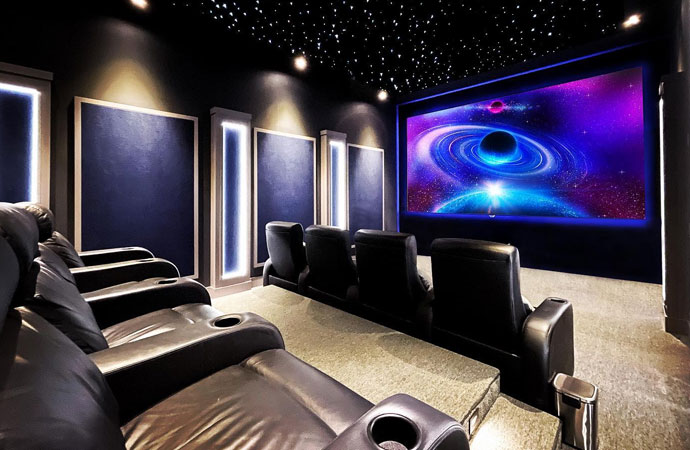Highlighting the Influence of Lighting Circumstances on Movement Detection Precision and Reliability
Highlighting the Influence of Lighting Circumstances on Movement Detection Precision and Reliability
Blog Article
Illumination conditions play a significant role in how well we can detect movement. Movement detection is a critical component of various technologies, such as security cameras, automated lighting systems, and even some gaming applications. Comprehending the ways various illumination environments influence our ability to detect motion can assist enhance the design and efficacy of these systems. For instance, inadequate illumination might result in overlooked motions or false alerts, while optimal lighting can enhance the accuracy of motion detection technologies.
In well-lit lighting conditions, movement detection is generally more reliable. As there is ample light, sensors and cameras can obtain sharper images, which assists in recognizing dynamic objects. Well-lit environments allow for better contrast between the moving element and the background. This differentiation is essential for both human viewers and automated technologies, as it makes it simpler to distinguish between stationary and moving objects in a scene. Thus, making sure that spaces are adequately illuminated can greatly improve the performance of motion detection systems.
On the other hand, low-light environments can pose challenges for motion detection. In dim environments, shadows can hide moving elements, which makes them hard to detect. Additionally, the eye struggles to perceive movement in dim conditions, which can result in misinterpretation of click this site the situation in the environment. Cameras may also face difficulties, as many do not function well in low light motion detection and object recognition without the use of infrared capabilities or other enhancements. These limitations highlight the significance of sufficient lighting in settings where movement detection is critical.
Additionally, different kinds of lighting can have different impacts on motion detection. For instance, neon lights can flash, which might mislead motion detection technologies that rely on steady light input. On the contrary, natural provides a steady form of illumination that enhances clarity. Comprehending these differences in lighting conditions can guide users in selecting the most suitable lighting for specific uses, particularly in surveillance and surveillance situations.
In summary, the connection between lighting conditions and motion detection precision is important. By making sure that settings are appropriately lit, we can enhance the reliability of movement detection technologies. This knowledge not only supports technological uses but also enhances security and safety in multiple settings. As further advancements are made in movement detection systems, taking into account illumination environments will remain a vital factor in optimizing performance and ensuring that these systems work properly in different environments.